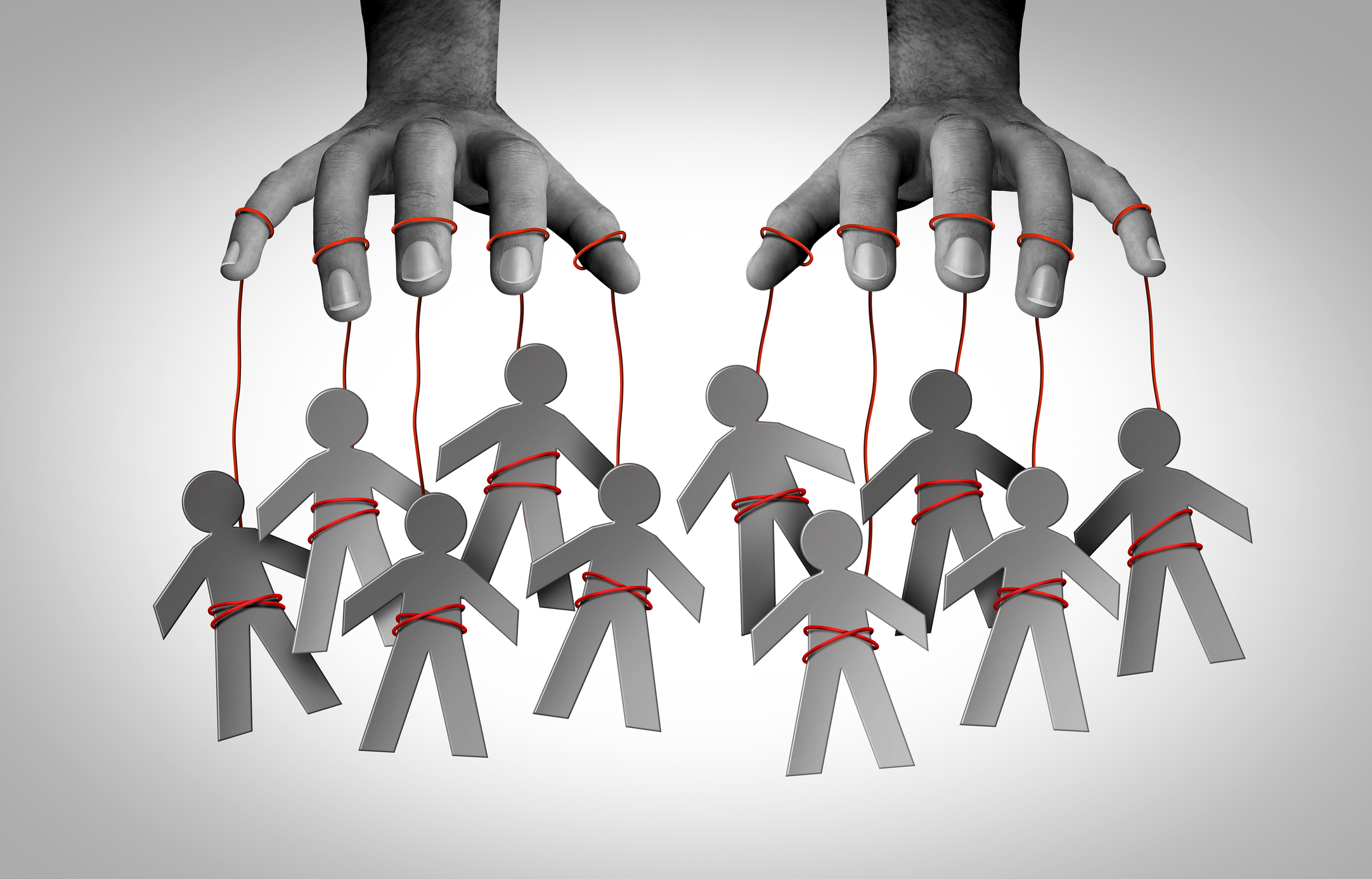
Narcissistic Leaders and Unethical Leadership – The Case of the Infected Blood Scandal
This summary of the infected blood scandal report shows how narcissistic leaders and unethical followers lie at the root of much unethical behaviour in organisations. This analysis explores the consequences of unethical leadership and the unethical leadership culture that enabled this tragedy. It argues that rather than attributing unethical behaviour to bad systems, processes and cultures (where nobody is at fault), ultimately everything comes down to unethical leaders who lie at the core of the culture.
What Happened? The Infected Blood Scandal Overview
Around 32,050 people in the UK were infected with HIV AIDS, Hepatitis or CJD as a result of blood transfusions relating to haemophilia, childbirth or surgery. More than 3000 deaths are attributable to infected blood, many of them children and young adults. This is a direct result of unethical leadership. Those infected with Hepatitis B or C, have lived lives of pain and chronic illness, and have inadvertently infected family members because doctors did not inform them that they had contracted any disease. This information was deliberately withheld. The consequences of unethical leadership are evident in these actions.
Politicians, civil servants, doctors and staff administering the blood transfusions knew of the high risk of transmitting AIDS, hepatitis B and C or CJD yet they continued their practices. The report concludes that doctors and medical staff, politicians and civil servants did not treat these vulnerable people as human beings but were more concerned to protect their reputations, prove they were right and pursue their self-interest.
The behaviour of these leaders is shocking. What follows are three different examples of how unethical leaders and followers caused the unnecessary deaths and suffering of thousands of people who trusted them.
Treloar’s School: Using Children as Lab Rats
The report dedicates one volume to what happened at Treloar School in Hampshire which was used as a centre for research into haemophilia during the 70s, 80s and 90s, highlighting the unethical leadership culture at the school.
- The research into the children was conducted without the knowledge or permission from them or their parents.
- Despite being fully aware of the extremely high risk of AIDS, doctors and staff at the school administered commercial blood (drawn from high risk populations) as part of their experiments on the children.
- Dr Aronstam, who led the research, continued to use high-risk blood products despite being told that children under his care had received blood from the same pool as that which caused the death from AIDS of another child in Cardiff.
- The reports states quite clearly that this was “unethical and wrong”.
- Despite being fully aware of the risk of infection Dr Aronstam and his staff did nothing to reduce the risk such as purchase blood sources that were known to be low risk.
- Staff started to test the children for AIDS without the consent from, or knowledge of, their parents or the children themselves.
- Some children were not told that they had contracted AIDS while others were told in groups: a direct consequence of unethical leadership: “the staff went around the room saying ‘YES, NO, YES, NO’ to indicate whether they were HIV positive”. Their parents were not present. Nor was there any structured facility for giving support after that.
- Around 70% of those pupils with haemophilia who attended Treloar’s School died in consequence of infected blood. This was as a direct result of unethical medical practices and a culture that treated children as objects.
It is difficult to determine what motivated Dr Aronstam and his staff but the report concludes that the children were used as “objects for research rather than children whose treatment should be firmly focused on their individual best interests alone.” (p.19, all quotes are from volume one).
The report gives us no understanding as to why Dr Aronstam and his staff would do this. It seemed that Dr Aronstam had no outside commercial interests and he could easily have conducted his research using safe blood concentrates. But he deliberately ignored the evidence and the views of eminent scientists, doctors and official bodies such as the Council of Europe’s Committee of Ministers (p.57).
It seems that Dr Aronstam was unable to take responsibility for mistakes or to admit he could have been wrong. Unethical leaders have an aversion to reflexivity because being wrong, or making a mistake significantly undermines their self-image. This is a aspect of narcissism. Narcissists have a sense self-importance and superiority, display high levels of arrogance, show an inability to empathise and are highly sensitive to criticism.
So at the core of this unethical culture, was a narcissistic leader, whose arrogance contributed to the deaths of 70% of the children in his care. It is as shockingly simple as that.
Once in power, narcissistic and unethical leaders tend to promote people who share their values and/or people who will comply, thus leading to a culture of unethical leadership.

Narcissistic leaders manipulate groups to achieve their goals
Manipulating Committees to Make Unethical Decisions
There is a very common misuse of power that takes place in organisations, demonstrating unethical leadership and weak followers – the manipulation of group decision-making through the combination of three sources of power: authority, threat and the withholding of information. What we will see is that bad group decision-making (often attributed to organisational culture or ineffective systems and processes) mostly comes down to a few human beings at the centre of these systems. In other words, don’t be blinded by reference to ineffective systems, but, “follow the power!” At the root of all poor cultures, bad systems and ineffective processes, you will find unethical leaders and, at best ‘weak’, at worst, ‘unethical’ followers.
There are so many examples of this in the Report that it would be impossible to list them all. We already have the example of Dr Aronstam at Treloar’s hospital.
However, we will look at the role of another man in this case, Professor Arthur Bloom.
Professor Arthur Bloom was Chairman of the Haemophilia Centre Directors Organisation and served as Director of the Cardiff Haemophilia Centre. His actions exemplify the manipulation of group decision-making. He held important positions with the World Federation of Haemophilia, as well as other national and international bodies.
During the 1970s research began to show that the importation of blood from foreign (primarily US) sources was likely to hold an extremely high risk of transmitting hepatitis and, later on, AIDS (p.74).
Despite being aware of the research, Professor Bloom consistently stuck to a message he knew was a lie: that there was little to no risk of imported blood transmitting hepatitis and, later on, AIDS.
He manipulated important meetings which would guide national policy by ensuring that information was withheld from the meeting. For example, in March 1983, the evidence of infected blood being a source of AIDS and hepatitis, was overwhelming. A meeting of the Committee for the Safety of Medicines (CSM) was called to consider commercial blood products and the likelihood of them transmitting AIDS. Professor Bloom and other experts were invited to attend. The upshot of the meeting was that no action was taken. How did this happen?
- The withholding of important information is a tactic of unethical leadership and unethical followers. An important letter that had been sent to the Department of Health by Dr Galbraith was not circulated, nor any other crucial papers from authoritative sources including the Communicable Disease Surveillance Centre or the Council of Europe’s Committee of Ministers.
- Manipulation of the meeting by a sub-group, including Professor Bloom, which determined what the outcome of the meeting should be before the meeting took place (this is a very common organisational tool to manipulate decision-making).
- Probable intimidation of committee members using ‘authority’ as a tool. There was little by way of discussion at the meeting suggesting that the decision was stitched up. Members did not feel able, for whatever reason, to have that discussion and challenge the sub-committee which, according to the Report, was overly influenced by Professor Bloom.
The Report concludes:
“It is astonishing that in October 1983 Professor Bloom felt able to say to Dr Chisholm that there was “no proof” that commercial concentrates were the cause of AIDS, and astonishing that the directors as a whole agreed that patients should not be encouraged to switch to a substantially safer treatment…It is surprising that Professor Bloom was not challenged on this by his peers at the meeting” (p.75)
Indeed! But this begs two questions:
- Why was Professor Bloom acting in this way, endangering and causing the infection of his patients, some of them young children?
- Why did intelligent, successful people accede to his influence and not challenge his views?
These are the same questions that arise in the case of Dr Aronstam. Again, in the case of Professor Bloom, the only conclusion we can draw is that he was unable to reflect and learn due to narcissistic arrogance – inability to admit he could have been wrong and defending his status, power and reputation at the cost of other people’s lives. In other words, unethical leadership.
The second question brings us to another phenomenon – weak and unethical followership.
Organisations are arenas where people either take power or give away their power. You take power by drawing on relevant sources of power and presenting yourself in a way that commands compliance, particularly by using body language.
You give away power as soon as you join an organisation. We accede to those in authority where there is always the threat that you will lose your job if you do not comply. We accede to high status individuals who have powerful networks and are influential in the field. We accede to people high in social dominance orientation who expect blind obedience and loyalty and have no qualms about punishing those who challenge.
In short, fear of punishment and desire for approval cause us to accede to those high in power. Many would prefer to accede to unethical leaders than risk their job in doing the right thing – and they are right to be scared, as evidenced by the stories of many whistleblowers in both the public and private sectors.
“I was only following orders” is a short way of saying, “I was scared I would lose my job, my status, my popularity, influence and wealth. In order to protect my self-image as a good, ethical person, I cannot take any responsibility for my actions so I project the causes of my behaviour onto the leader/systems/culture that have so much power over me”.
We could call this ‘unethical followership’ bearing in mind that when this happens at such a senior level, the people who are giving away their power are all too often leaders in their own right and spread this culture throughout the organisation.

Bureaucracies often hide unethical decision-making by leaders
Unethical Bureaucrats: Small Lies, Big Consequences
There are many examples of unnamed bureaucrats deliberately lying and manipulating evidence within an unethical leadership culture. Here is one example that typifies what takes place.
By 1983 evidence was clear that infected blood imported from the United States could transmit AIDS. But the Report shows how senior bureaucrats hid this evidence when briefing various Prime Ministers. In May 1983, when the PM was responding to questions about infected blood, the briefing stated:
“It is important to put this in perspective: there is as yet no conclusive proof that AIDS has been transmitted from American blood products.” (p.58)
However, the full briefing note had added at the end: “but the evidence is suggestive that this is likely to be the case”. The words ‘that this is likely to be the case’ were deleted for the Prime Minister’s briefing.
On 14 July 1983 the “no conclusive proof” line was again used in Parliament. In the course of the debate, Baroness Susan Masham asked a question to which Lord Glenarthur said he would find the answer and get back to her. A high ranking medical advisor, Dr Walford, proposed a draft response as follows: “There is no conclusive proof that AIDS can be transmitted by blood concentrates but the assumption is that such transmission may be possible.” The letter then sent to Baroness Masham stated that “There is, in fact, no conclusive proof that AIDS can be transmitted by blood concentrates.” The qualifying phrase (“but the assumption is that such transmission may be possible”) in Dr Walford’s original draft had been dropped” (p. 58, vol.1)
The Report then goes on to show how the phrase ‘there is no conclusive proof’ became the prevailing wisdom in government, Parliament and the Press. The report concludes this ‘spin’ “lacked candour and by not telling the whole truth was misleading.” Such actions are characteristic of misleading politicians. It was not an accurate reflection of the DHSS’ actual understanding, which was that it was likely that AIDS was transmitted through blood and blood products”. In other words, a group of people at the top of a government department lied. By doing so they led to the death and/or suffering of hundreds of people, many of them children.
What kind of bureaucrat would delete from the Minister’s reply, the phrase “but the assumption is that such transmission may be possible”? What a profoundly unethical act!
Here there is no evidence of threat nor any reason why an individual might commit this immoral act, unless it was to save money and reputation. It is simply an indication of the low moral development of human beings who work in organisations and whose small, day-by-day decisions negatively affect the lives of so many people around the world.

Ethical leadership requires we stand out from the crowd
Conclusion: Understanding Unethical Leadership
- Following the claims mentioned in the paper by Cropanzano and Walumbwa regarding the consequences of unethical leadership. we have to assume that the vast majority of people (around 80%) are low in their moral development. This means that, given a conflict between their own interests and the interests of vulnerable others, they will prioritise their own needs. This is said simply as a description of what is. It is why training in ethics does not work.
- There are leaders out there who are more highly morally developed (here’s a long list of ethical female leaders) These ethical leaders contrast sharply with narcissistic and unethical leadership. These leaders influence cultures. They can make it safe to challenge, to speak up and to follow higher values. It is interesting that in the list of female leaders above, how much the skill of listening is mentioned as a key leadership trait. Unethical leaders do not listen to anyone, partly, as stated above, due to their narcissism. Unethical leaders tend only to trust people like them – other unethical leaders. Sad but true. How can we get ethical leaders into positions of seniority in organisations?
- Unethical behaviour in organisations would not last were it not for unethical followership. Preventing such tragedies requires addressing both unethical leadership and unethical followership. All too often, unethical behaviour is caused by fear. The more people fear punishment in challenging unethical or narcissistic leaders, the more they comply with decisions they know are wrong. The report gives the accounts of senior leaders being reluctant to challenge peers, ‘experts’ and colleagues for fear of the consequences. The compliance of followers and the reluctance to challenge is seen as an important reason for the prevalence of unethical decision-making in organisations. Hence the report makes many recommendations around a ‘duty of candour’ or a legal duty to tell the truth.
- The report makes many recommendations. Apart from compensation and setting up bodies to make whistleblowing easier (which rarely work), the report focuses on leadership, learning and culture. However, on ‘culture’ the report states: “Many inquiries had suggested a culture change was needed. None had achieved this” (p.242, vol. 1). We also know that little has been learned from the many previous scandals that have taken place – otherwise, why would they continue? The report focuses on a very important root cause, providing an extensive quote from an ethical leader: “it boils down to a set of personal values and it boils down to me as a leader” (p. 242). Yes, it does! All of this can be boiled down to ethical leadership!
- Once an unethical leader gets into power, the organisation is in grave danger of succumbing to an unethical culture. We must be thorough and unrelenting in evicting unethical, narcissistic leaders – no matter how good their performance may be. One idea is to get leaders to compile a portfolio that stays with them during their careers. It would also include reports from psychotherapists. Personally I think all senior leaders should have a psychotherapist as a permanent coach. It would also comprise feedback from direct reports, colleagues and external stakeholders. It would include examples of ethical behaviours taken by the leader as well as other critical incidents indicating the values that guide their actions. It might sound a bit naïve and of course, the system could be played, but it’s a start. Truly ethical leaders would have portfolios that stand out as authentic; you could tell less ethical leaders whose portfolios would look like ticking boxes.
What is clear is that innocent people die when unethical people get their hands on power. Doing nothing is not an option.
To learn more about how to foster an ethical leadership culture, or how to make a positive impact in your organisation contact me below and follow this blog on my website.

